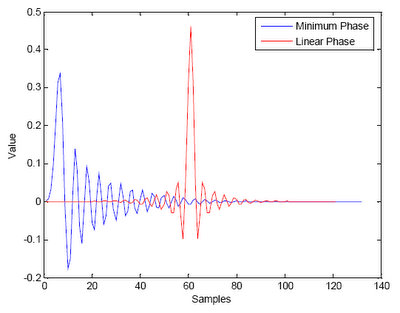Hi all,
Just want to hear some views from all of you whether you take into account the CD player bits and frequency spec when choosing a CD player. For me personally, I dont. If that CD player sounds good on my set up, then it sounds good to me without asking whats the spec like. However, if you do take into account the specs, which one would you choose from the following scenario without demoing the unit?
1. Same price between 2 models. CDP A offers 24 bit with upsampling to 192 kHz. CDP B offers 32 bit with upsampling to 192 kHz.
2. And what if CDP B is cheaper but CDP A has more reputation?
Just want to hear some views from all of you whether you take into account the CD player bits and frequency spec when choosing a CD player. For me personally, I dont. If that CD player sounds good on my set up, then it sounds good to me without asking whats the spec like. However, if you do take into account the specs, which one would you choose from the following scenario without demoing the unit?
1. Same price between 2 models. CDP A offers 24 bit with upsampling to 192 kHz. CDP B offers 32 bit with upsampling to 192 kHz.
2. And what if CDP B is cheaper but CDP A has more reputation?


